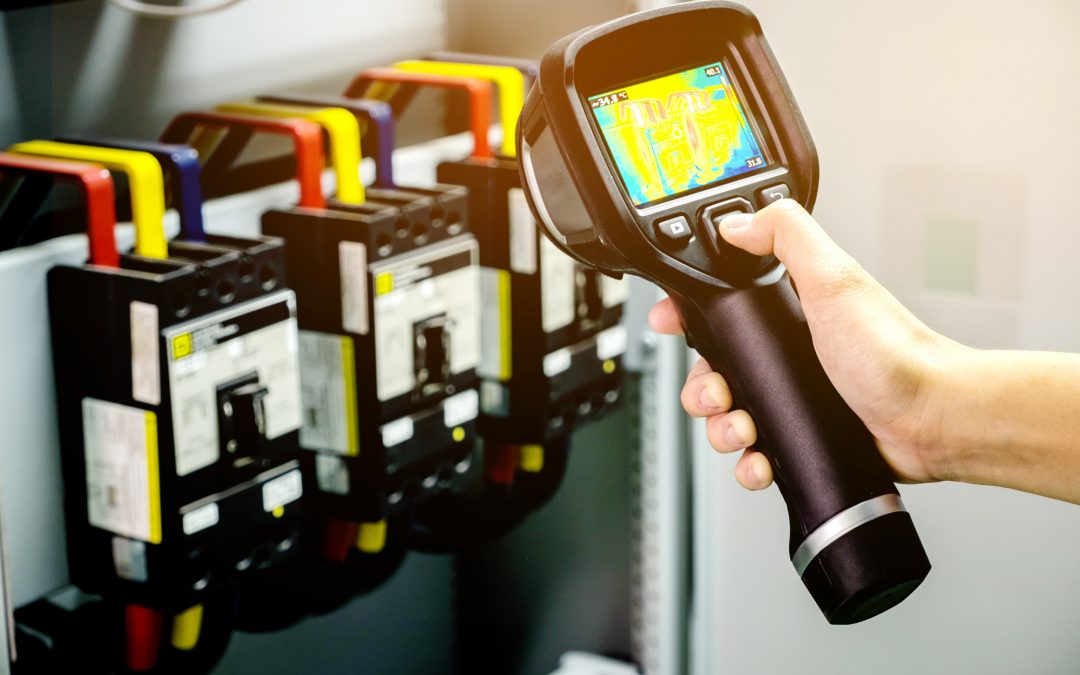It wasn’t until 2006 when thermal imaging using infrared cameras by home inspectors became a common occurrence. 15 years later, many homeowners are still unaware of the benefits this technology has.
Traditional visual-only mold inspections are out and advanced mold inspections with thermal imaging are in! Read our guide to learn more about these infrared cameras.
What Is Thermal Imaging?
Thermal imaging is a technological method used to spot small changes in home temperature. It can identify problems that the naked eye cannot see. Using a camera sensitive to infrared radiation, a home can show up as hot, cold, or in the middle.
It aims to find thermal anomalies that indicate pests, electrical issues, and leaks. Infrared imaging can also reveal hidden sources of mold.
Why is this important to know as a first-time homeowner? When you are buying a house, you’ll likely get an inspection done before signing any agreement.
However, a general home inspection or traditional mold inspections cannot uncover the same problems that infrared thermography can. With this technology, moisture can be detected within the walls, an area not seen without opening them up in a normal home inspection.
Should You Add-On Thermal Imaging To Your Traditional Mold Inspection?
The answer is yes because thermal imaging can act as mold detection in its own way. Yet, it can uncover even more than that.
The most common problems found with a thermal camera include:
Roof Leaks
Water has a high thermal capacity because it gives up heat slower than the roofing materials around it. With one image, professionals can tell whether or not an area has accumulated moisture.
This type of moisture inspection is best completed during the evening when temperatures are lower. The roofing materials will release their heat while the moisture will still be warm, allowing for moisture detection.
It’s possible to go for long periods of time without recognizing your roof leaks. For a new homeowner, thermal imaging can inspect a leak through the walls and roof unlike anything done in a traditional home inspection.
Structural Defects
It’s not easy to figure out a house has a structural problem unless there is an obvious sign. With thermal imaging, an expert can scan floors, ceilings, and walls to figure out if there is an issue.
Often, there is missing insulation that leads to expensive structural damage down the line. If your new home has a basement, this camera can sense wet basement walls that could be a mold source.
Insulation Issues
It is essential to identify areas of missing insulation as they can lead to occupant discomfort, heat transfer and even areas of condensation forming. A thermal camera will display areas warmer or coolder that suggest the need for reinsulation.
Calling All First-Time Homebuyers!
All Orlando Florida first-time homebuyers should know the value of thermal imaging scans and why they should be part of all mold inspections. In fact, any homeowner can benefit from this technology.
Not every mold company provides thermal imaging, but Elite Mold Services does! Contact us today to make an appointment for a safer and better home.

